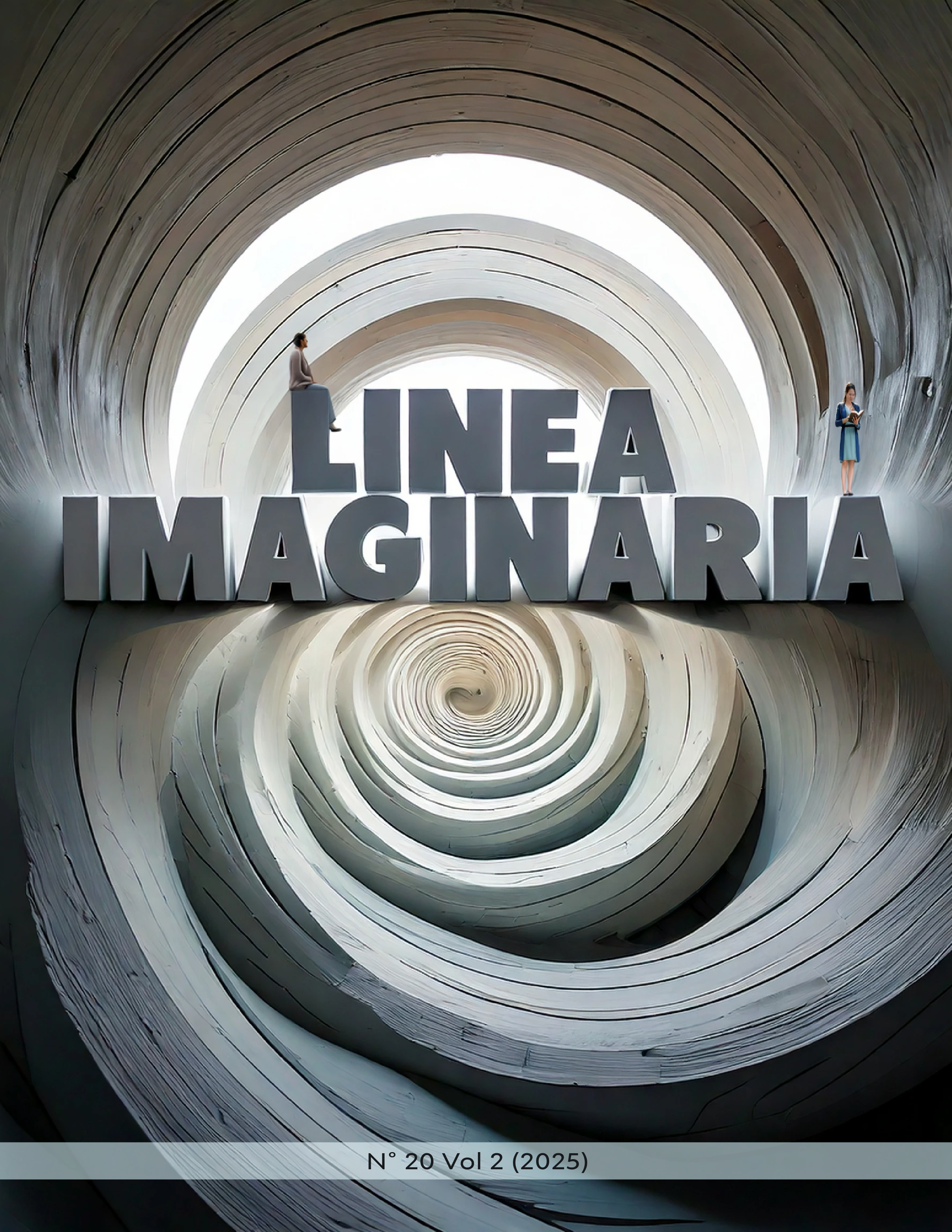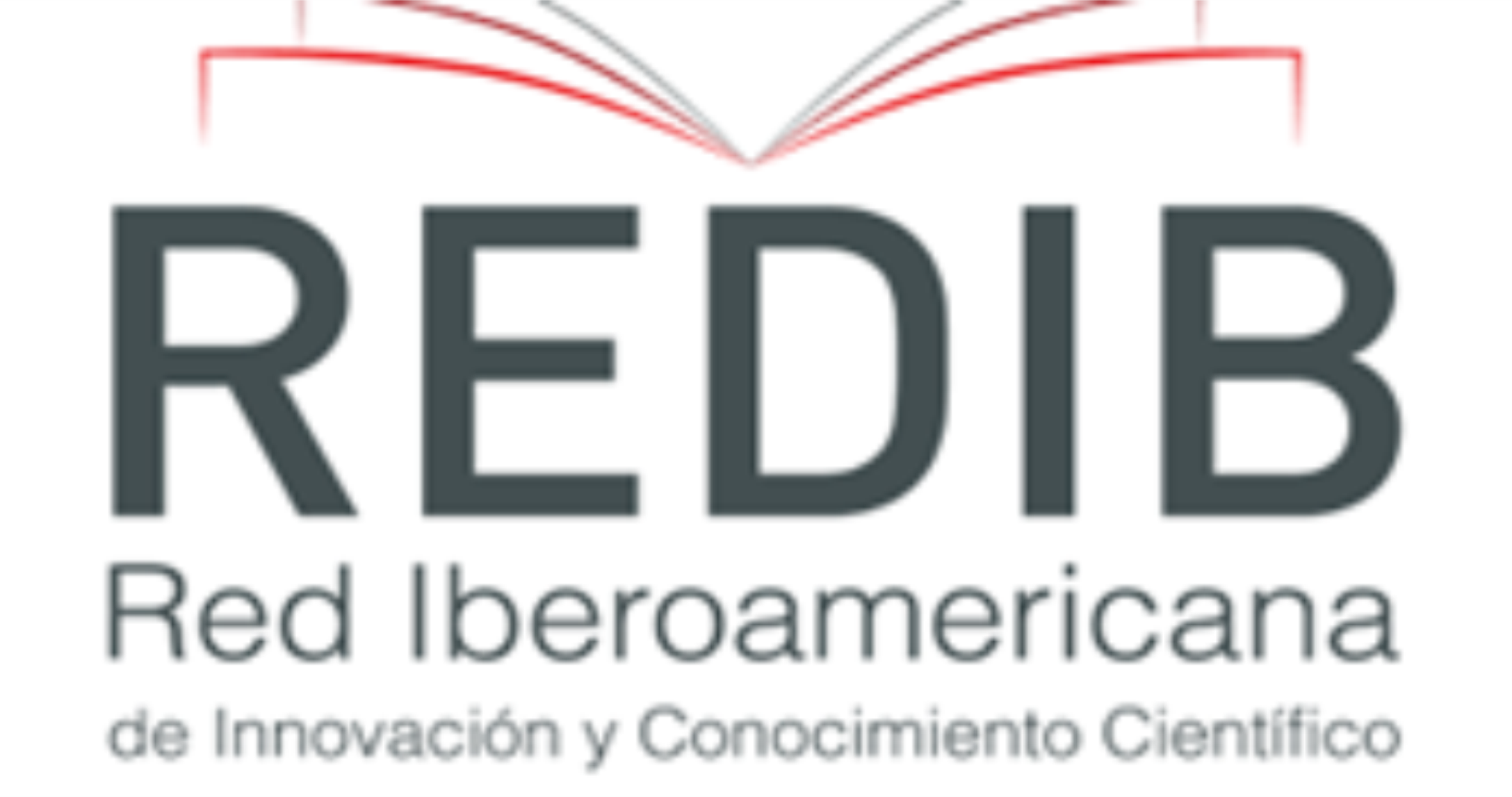PHYSICAL EDUCATION AS A MEANS OF EMOTIONAL SUPPORT IN THE INTEGRAL FORMATION OF STUDENTS
DOI:
https://doi.org/10.56219/lneaimaginaria.v2i20.3754Keywords:
physical education, emotional education, training, comprehensiveAbstract
The current social context refers to a complexity that demands new perspectives from the formal educational point of view, and among these the integrality of those who are educated: "The students". The educational system obeys an almost hegemonic design where a curricular development focused on the knowledge of the different academic disciplines prevails, prioritizing a traditional teaching format linked to the processing of information and the transmission of knowledge as well as the development of necessary competencies, neglecting emotional aspects of the students. From this perspective, physical education is referred to as a means of emotional support in the integral formation of students. Therefore, it was necessary to know, analyze and interpret the role of emotional education as a pedagogical intervention. Hence, research was developed that proposed content analysis to find information of interest that provides answers to the aspects exposed. As a conclusion, it was obtained that physical activity increases the oxygenation of the brain, creates new neurons and synapses, and releases a significant amount of substances that directly or indirectly affect the learning and memory processes. The substances that increase with the practice of physical activity are neurotransmitters and hormones such as serotonin, adrenaline, oxytocin and dopamine, which have a leading role because they increase the level of commitment and perseverance. Hence, innovative approaches of neuroscience display importance on physical education because of the comprehensive training that is promoted by articulating it with the emotional work of students.
Downloads
References
Del Valle, A. (1998). Educación de las emociones. EDUCACION. Vol. VII. N.º
Universidad Complutense. Madrid.
Gardner, H. (1995). Inteligencias múltiples. La teoría en la práctica. Barcelona: Paidós.
Guerra, Y; Mórtigo, A y Berdugo, N. (2014). FORMACIÓN INTEGRAL: Importancia de formar pensando en todas las dimensiones del ser. Revista Educación y Desarrollo Social. Vol. 8 No. 1. Pp. 48.-59. Universidad Militar “Nueva Granada”. Bogotá D.C.
Hernández, P. (2005). Educación del pensamiento y las emociones: Psicología de la educación. La Laguna, Tenerife: Narcea.
Ley 115 de 1998. Constitución Politica de Colombia.
Mayer, J. y Salovey, P. (1990). Percepción del contenido afectivo en estímulos visuales ambiguos: Un componente de la inteligencia emocional. Revista de Evaluación de la Personalidad, pp.772-781.
Pineda, E y Orozco, P. (2023). “Pedagogía de las emociones como aporte a una educación emancipadora y con justicia social”. Trabajo Social 25 (1): 199- 225.Doi: 10.15446/ts. v25n1.101914
Salcedo, M y Pérez, T. (2002). Hacia la Aceptación de las Emociones (desde la perspectiva de Humberto Maturana). Tesis Pontificia Universidad Javeriana. Facultad de Educación.
Trujillo, S. (2008). Pedagogía de la Afectividad: La afectividad en la educación que le apuesta a la formación integral, ir al núcleo del sujeto. Tesis Psicológica, núm. 3, noviembre, 2008, pp. 12-23. Fundación Universitaria Los Libertadores, Bogotá, Colombia. Disponible en: https://www.redalyc.org/pdf/1390/139012667004.pdf
Navarro, D. (2019). NeuroEduFit - Dopamina, juego y actividad física. Disponible en: https://www.youtube.com/watch?v=i_egIgKI4hw
Downloads
Published
How to Cite
Issue
Section
License
Copyright (c) 2025 LÍNEA IMAGINARIA

This work is licensed under a Creative Commons Attribution-NonCommercial-ShareAlike 4.0 International License.
La revista Línea Imaginaria conserva los derechos patrimoniales (copyright) de las obras publicadas, que favorece y permite la reutilización de los mismos bajo la licencia Creative Commons Atribución-NoComercial-CompartirIgual 4.0 , por lo cual se pueden copiar, usar, difundir, transmitir y exponer públicamente, siempre que se cite la autoría y fuente original de su publicación (revista, editorial, URL y DOI de la obra), no se usen para fines comerciales u onerosos y se mencione la existencia y especificaciones de esta licencia de uso. Si remezcla, transforma o crea a partir del material, debe distribuir su contribución bajo la misma licencia del original.














